The Elon Musk-led spaceflight company will attempt to catch the Super Heavy booster for a second time as it returns to Earth.
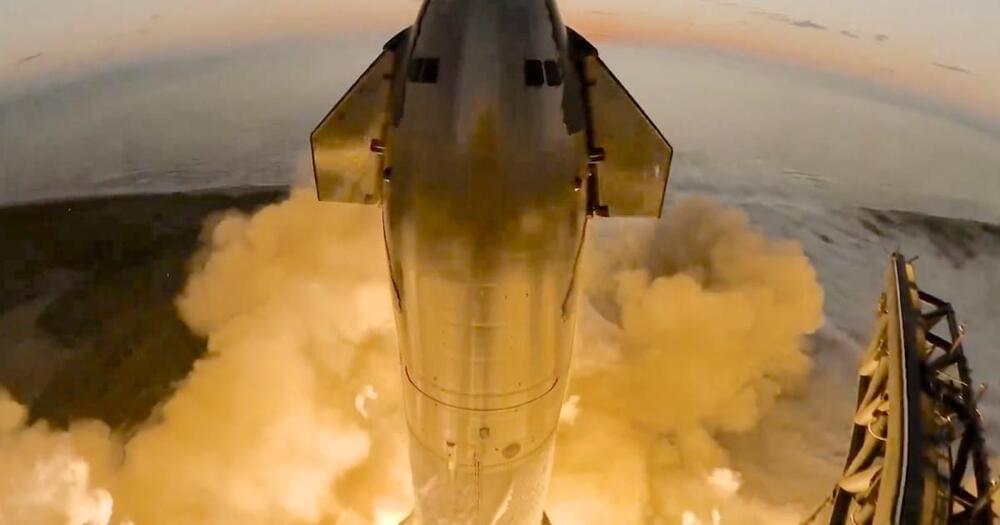

The order of the planets is something most of us learn in school: Mercury, Venus, Earth, Mars, Jupiter, Saturn, Uranus, Neptune, and (until 2006) Pluto.
So, you would be forgiven for thinking that as Earthlings, our closest planetary neighbor is Venus. And in a way, you would be right – at its nearest, Venus approaches Earth closer than any other planet in the Solar System. Likewise, its orbit is closer to our orbit than any other. However, in another sense, you would be wrong. At least, that is the argument put forward in an article published in PhysicsToday.
To identify our closest neighbor, engineers affiliated with NASA, Los Alamos National Observatory, and the US Army’s Engineer Research Development Center built a computer simulation to calculate the average proximity of Earth to its three nearest planets (Mars, Venus, and Mercury) over a 10,000-year-period. Because of the way the planets align during their respective orbits, the model shows that Earth spends more time nearer to Mercury than either Venus or Mars.
NASA is currently working on the first practical field test toward the possibility of faster than light travel. Traveling faster than light has always been attributed to science fiction, but that all changed when Harold White and his team at NASA started to work on and tweak the Alcubierre Drive.
Special relativity may hold true, but to travel faster or at the speed of light we might not need a craft that can travel at that speed. The solution might be to place a craft within a space that is moving faster than the speed of light! Therefore the craft itself does not have to travel at the speed of light from it’s own type of propulsion system. It’s easier to think about if you think in terms of a flat escalator in an airport.
The escalator moves faster than you are walking! In this case, the space encompassing the ship would be moving faster than the ship could fly, keeping all the matter of the ship intact. Therefore, we can move faster than light, in a massless cloud of space-time.
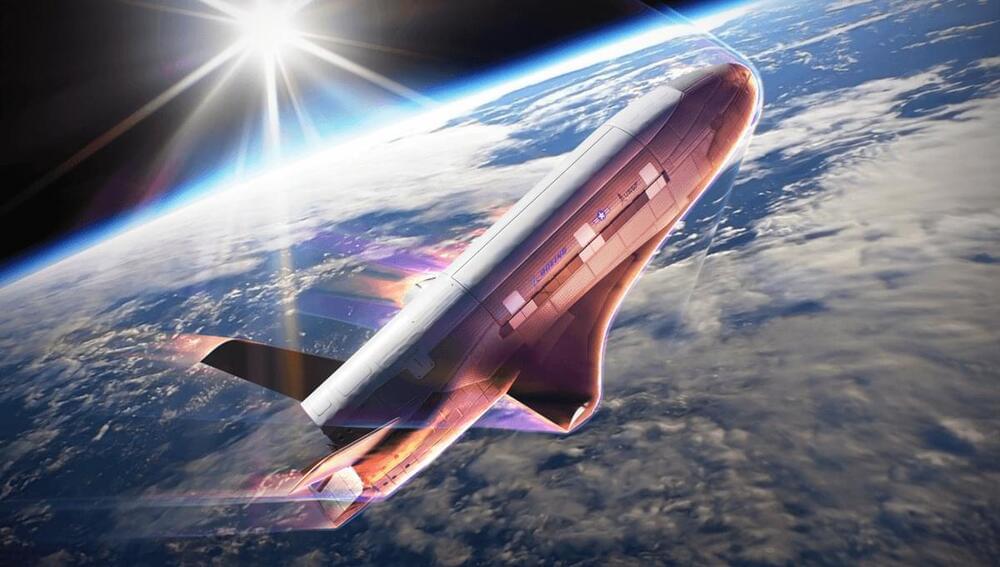
SpaceX What about it!?
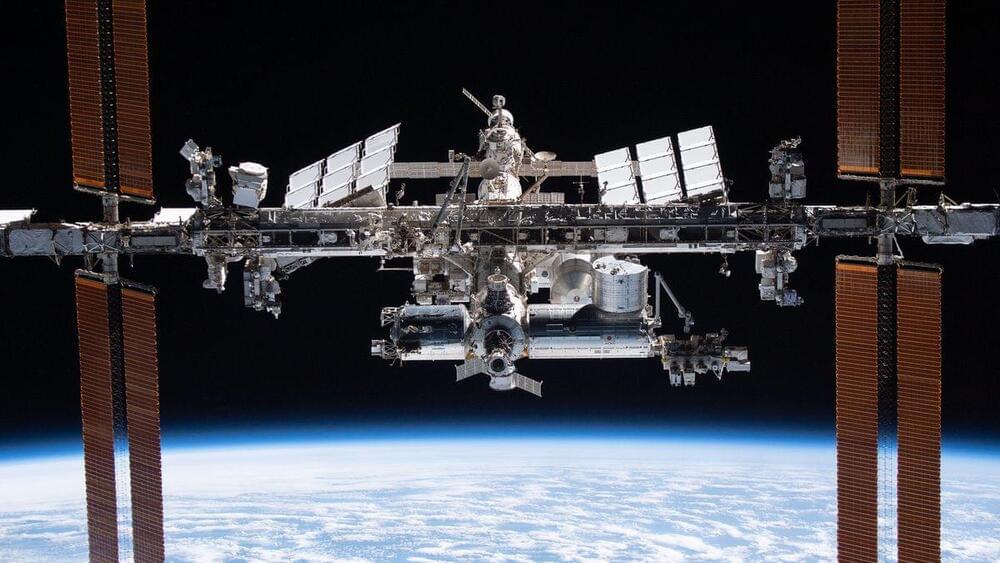
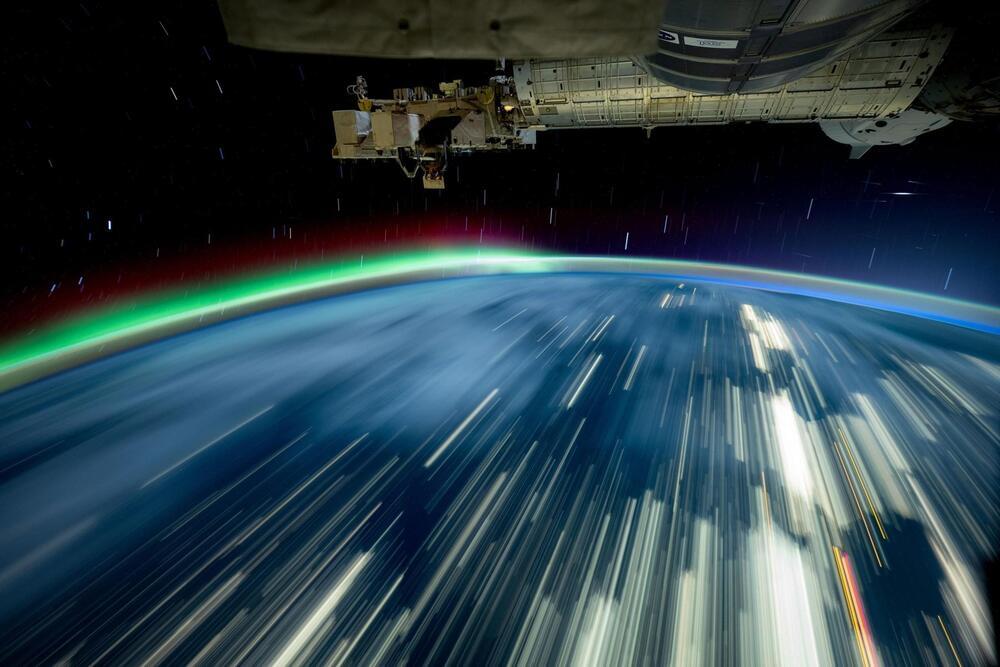
New science experiments and research samples, delivered on Tuesday by the SpaceX Dragon cargo spacecraft, were installed on Wednesday on the International Space Station (ISS). Meanwhile, science activities and lab maintenance continue to support the smooth operation of the orbital outpost.
Crew Begins Unloading and Installation
The four NASA astronauts representing the Expedition 72 crew, including Flight Engineers Don Pettit, Nick Hague, and Butch Wilmore, as well as Commander Suni Williams, spent the day unloading Dragon’s research-packed cargo. Arriving on November 5, Dragon brought advanced research equipment and temperature-sensitive specimens, which the crew quickly transferred to the ISS, placing them in dedicated research racks and cold storage for upcoming experiments.

There have been some laboratory experiments and theoretical work done to validate aspects of the plasma magnet propulsion concept. The Plasma Magnet is a wind drag device invented almost twenty years ago by Dr. John Slough from the University of Washington. A rocket that uses a propellant to create momentum. A plasma magnet (newer / Wind Rider design) uses the pressure of the solar wind to gather momentum. This type of propulsion actually exists in nature. A dandelion coasts upon the wind to its ultimate destination.
The plasma magnet drive with dynamic soaring is a system that could be plausibly scaled for human crewed missions up to 2–3% of light speed without needing gigawatt power systems. It seems one of the systems with the fewest technological challenges. There are many other proposals to get to this speed.
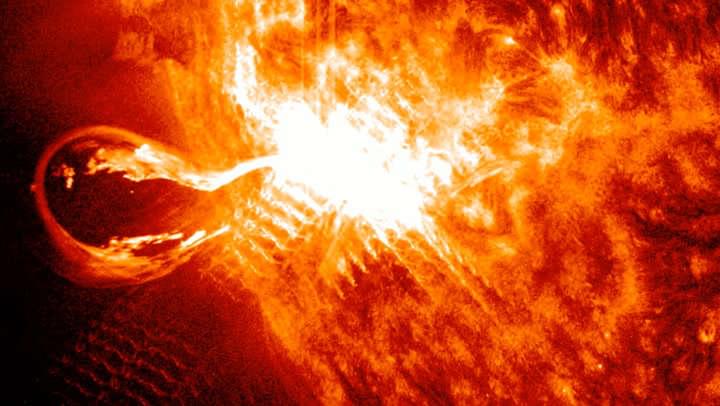
Researchers have been performing these experiments for nearly 30 years but they always encounter the same problem: the bottle technique yields an average neutron survival time of 880 s, while the beam method produces a lifetime of 888 s. Importantly, this eight-second difference is larger than the uncertainties of the measurements, meaning that known sources of error cannot explain it.
A mix of different neutron states?
A team led by Benjamin Koch and Felix Hummel of TU Wien’s Institute of Theoretical Physics is now suggesting that the discrepancy could be caused by nuclear decay producing free neutrons in a mix of different states. Some neutrons might be in the ground state, for example, while others could be in a higher-energy excited state. This would alter the neutrons’ lifetimes, they say, because elements in the so-called transition matrix that describes how neutrons decay into protons would be different for neutrons in excited states and neutrons in ground states.
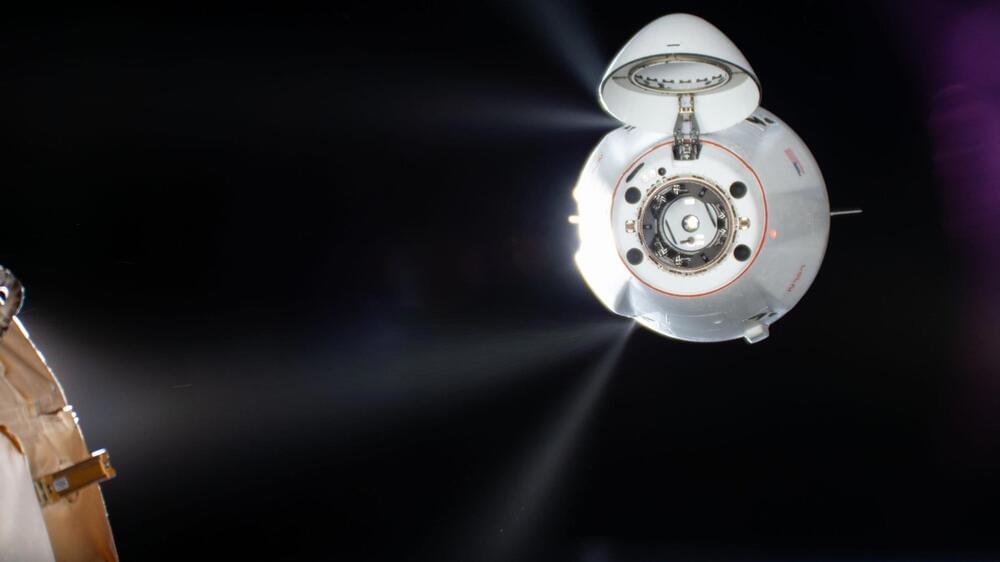
At 9:52 a.m. EST, the SpaceX Dragon spacecraft successfully docked to the forward port of the International Space Stations Harmony module.
This mission, SpaceX’s 31st commercial resupply service for NASA, delivered over 6,000 pounds of scientific equipment and cargo to the space station. The journey began at 9:29 a.m. on November 4, when a SpaceX Falcon 9 rocket launched from Launch Complex 39A at NASA’s Kennedy Space Center in Florida.